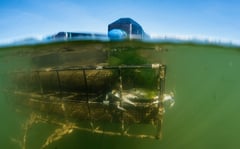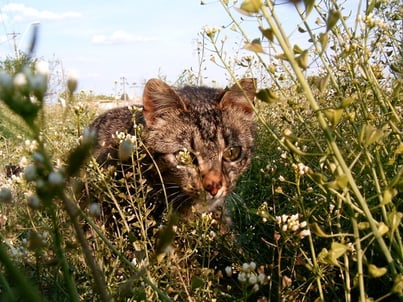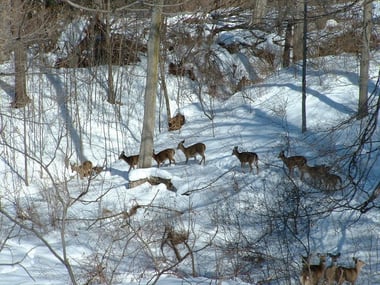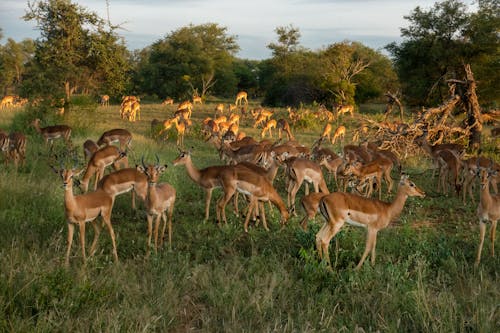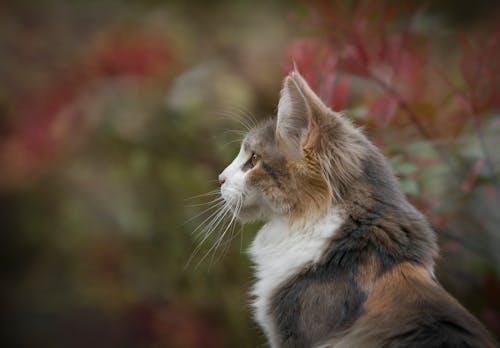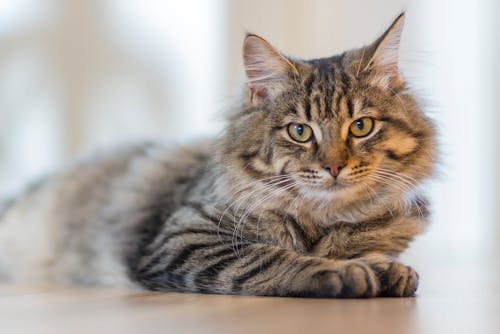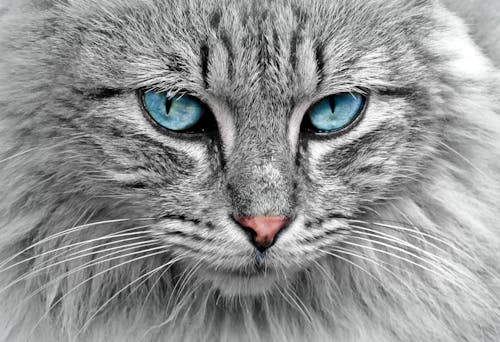Build it Yourself!
With a bit of mesh and access to a waterway, you're on your way to your own personal oyster farm. Building a cage for raising oysters is uncomplicated, as shown in this helpful video and you can rely on Louis Page for the mesh you need. Louis Page sources the best mesh out there--it's stable over a wide temperature range, maintaining its qualities in extremes of both hot and cold temperatures. UV inhibitors are in the vinyl to impede degradation from sunlight. The coating is also very resistant to scraping and abrasion.
Our galvanized vinyl-coated mesh is tough stuff and stands up to marine environments.
Vinyl coated welded wire mesh
- Unbeatable durability
- Highly rust resistant
- Features double protection
- Vinyl coating seals the wire from water and other corrosive elements
- Underlying wire mesh is protected by a zinc coating
Vinyl coated welded wire fencing and meshes are both long-lasting, attractive, and work in a variety of situations. The galvanized mesh is coated with a thick layer of PVC which is tightly bonded to the wire by a heat process. The coating is flexible and will not crack when the wire is bent.
For more on oysters, take a look at this blog detailing their great assortment of benefits. Interested in building other kinds of surrounds and cages? Louis Page will source that too. As always, just call us for specific advice (866) 328-5018 and check out this helpful article to get you started.

